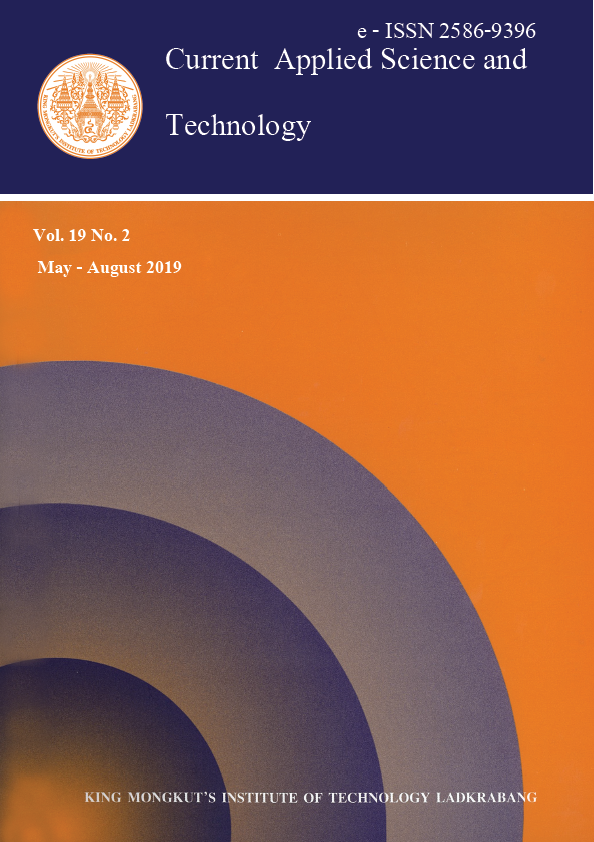Burning of electric cable sheath leads to the emission of small particles and toxic pollutants that cause severe air pollution and human health effects. In this study, size distributions of particulate matter and p-PAHs during open burning of cable insulation were examined. Lifetime cancer risk of PAHs was also assessed. The particulate samples were collected on quartz fiber filters using an eight-stage cascade impactor with flow rate of 28.3 L min-1. The exposed filter was extracted with acetonitrile and then measured by GC-MS in the SIM mode for 16 PAHs identification. It was found that average concentrations of ultrafine, fine and coarse particles were 1,045.82 µg m-3 (11.45 % of the total mass), 3,557.50 µg m-3 (38.96 % of the total mass) and 4,529.03 µg m-3 (49.59 % of the total mass), respectively. The particle size distributions were bimodal with one major peak in the size range of 5.8-4.7 µm and another minor peak in the size range of 1.1-0.65 µm. The concentrations of 16 PAHs adsorbed on ultrafine, fine and coarse particle were 717.86 ng m-3 (11.47% of the total PAHs), 3,645.43 ng m-3 (58.23% of the total PAHs) and 1,897.19 ng m-3 (30.30% of the total PAHs), respectively. Distributions of BaA, BaP, DbA and BgP were unimodal with a peak in accumulation mode while those of Acy, Ace and Fla were bimodal with two peaks in accumulation mode. Distributions of Flu, Phe, Ant, Pyr, Chr, BbF and BkF were multimodal with peaks in accumulation and coarse modes whereas InP was not detected. The inhalable particles (PM10) contained mainly 5-ring PAHs (55.67% of total PAHs) followed by 4-ring PAHs (27.58% of total PAHs), and 3-ring PAHs (14.98% of total PAHs). Only small amount of 2-ring PAHs (1.36% of total PAHs) and 6-ring PAHs (0.41% of total PAHs) was observed. The fraction of PAHs adsorbed on PM10 was ranked in the order Group 2B (53.45%) > Group 3 (33.86%) > Group 1 (10.71%) > Group 2A (1.98%). The average concentrations of 16 PAHs and B[a]Peq were 6,260.47 ng m-3 and 1,014.35 ng m-3, respectively. The estimated lifetime lung cancer risk during wire burning was 8.83E-02.
*Corresponding author: E-mail: suwannee.ju@kmitl.ac.th
Keawhanu, T. ., Suriyawong, A. ., & Junyapoon*, S. . (2019). Size Distributions of Particulate Matter and Particle-bound Polycyclic Aromatic Hydrocarbons and Their Risk Assessments during Cable Sheath Burning. CURRENT APPLIED SCIENCE AND TECHNOLOGY, 140-153.
